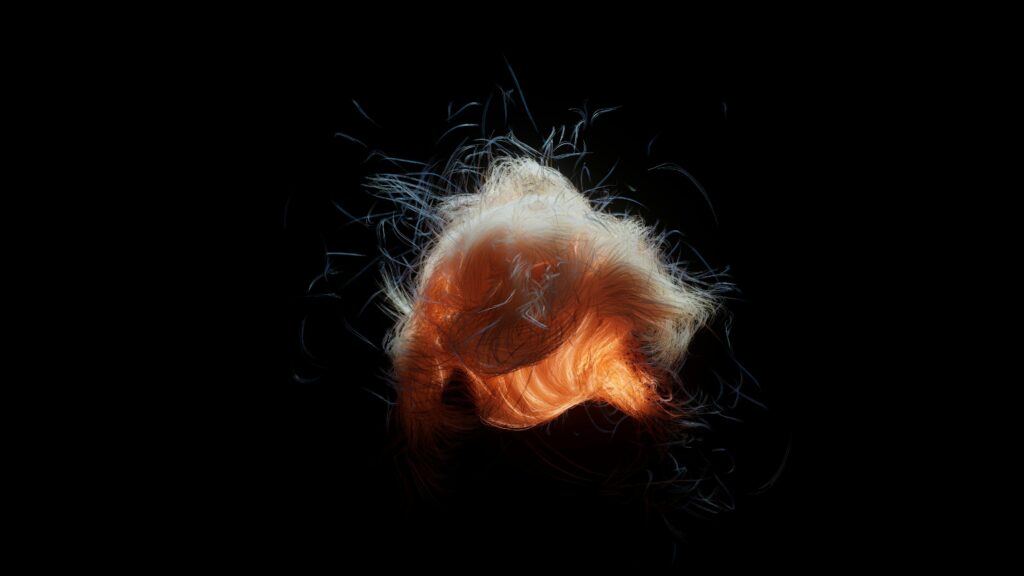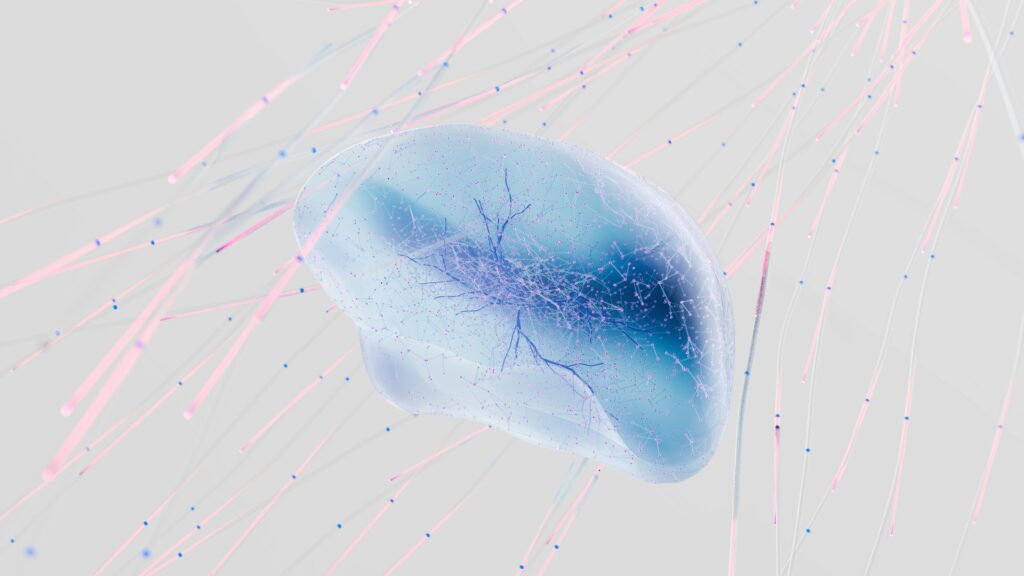
Hair loss is a common concern for many people worldwide. Whether it’s caused by genetics, age, stress, or other factors, losing hair can affect one’s confidence and self-esteem. Traditional hair transplant procedures, while effective, often come with limitations, such as scarring, long recovery times, and high costs. But now, a groundbreaking advancement in hair restoration technology is changing the game: 3D-printed hair transplants.
In this article, we will explore how 3D-printed hair transplants are revolutionizing the world of hair restoration. We’ll discuss how this technology works, its benefits, and why it’s considered a game-changer in the industry.
What Are 3D-Printed Hair Transplants?
3D-printed hair transplants use cutting-edge technology to create hair follicles and grafts from a 3D printer. Unlike traditional hair transplants, where hair follicles are harvested from the scalp and transplanted to thinning areas, 3D printing allows for the creation of artificial hair follicles that are implanted into the scalp. These synthetic follicles can mimic the look and function of natural hair, providing a more precise and customizable solution to hair loss.
By using a 3D printer, hair follicles are created with extreme precision, ensuring that each follicle is the perfect size and shape for the individual’s scalp. The printer uses bio-inks made from human cells, which can help the follicles integrate seamlessly into the scalp and grow just like natural hair.
.
The Science Behind 3D-Printed Hair Transplants

The science behind 3D hair transplant involves advanced imaging technologies and computational algorithms to create detailed, personalized hair restoration plans. Using 3D scanning, doctors capture precise measurements of a patient’s scalp and hair pattern, generating a digital model. This model helps in visualizing the most natural hairline design and ensuring accurate graft placement. Advanced software simulates hair growth patterns, providing insights into the future direction and density of transplanted follicles. By combining these technologies, 3D hair transplants offer a more customized and efficient approach, improving aesthetic outcomes, reducing scarring, and minimizing the risk of uneven or unnatural results.
3D printing, also known as additive manufacturing, is a process where material is added layer by layer to create a three-dimensional object. In the case of 3D-printed hair transplants, the printer uses bio-inks made from living cells. These bio-inks are carefully layered to form hair follicles that look and behave like natural ones.
The process begins with a scan of the patient’s scalp to create a 3D model. This model helps determine the exact placement and size of the follicles needed. Once the design is ready, the 3D printer begins to print the artificial follicles. These follicles are then transplanted into the patient’s scalp, where they will integrate with the surrounding tissue and eventually grow hair.
Bio-Inks: The Key to Success
The bio-inks used in 3D-printed hair transplants are made from human cells, which allow the artificial follicles to behave like real ones. This innovation is crucial because it enables the printed hair to grow naturally, just like biological hair follicles. The bio-inks contain living cells that promote the growth of hair, ensuring that the hair transplant process is both effective and safe.
Benefits of 3D-Printed Hair Transplants
3D hair transplant is an innovative technique that combines advanced technology with traditional hair restoration methods to enhance precision and outcomes. Using 3D imaging and modeling, doctors can create a detailed, personalized map of the scalp, ensuring a more accurate placement of hair follicles. This approach helps in designing a natural-looking hairline and ensures optimal follicle distribution. The technology also allows for a better understanding of the scalp’s unique anatomy, improving graft survival rates and reducing scarring. By simulating hair growth and visualizing the end result before the procedure, 3D hair transplants provide more predictable, customized, and effective results for patients.
1. Precision and Customization
One of the biggest advantages of 3D-printed hair transplants is the level of precision and customization they offer. Traditional hair transplant methods rely on harvesting hair follicles from a donor area and transplanting them to thinning or bald spots. However, this method may not always provide the most natural-looking results. The follicles may be too big or small, or the angle of the hair growth may not align with the surrounding hair.
With 3D printing, each hair follicle is customized to fit the patient’s scalp perfectly. The technology allows for a more tailored approach, ensuring that the hair transplant looks as natural as possible. Whether you’re looking for a specific hair texture, color, or density, 3D printing can make it happen.
2. Reduced Risk of Scarring
Traditional hair transplants often leave scars behind. The process of removing hair follicles from one area and transplanting them to another can cause damage to the scalp, leading to visible scarring. This is a significant concern for many people considering hair transplant surgery.
3D-printed hair transplants, on the other hand, require minimal incisions and cause less trauma to the scalp. Since the follicles are printed and not harvested from a donor site, there is a much lower risk of scarring. This makes 3D-printed hair transplants an attractive option for those who are worried about the appearance of scars after the procedure.
3. Faster Recovery Time
Another major advantage of 3D-printed hair transplants is the faster recovery time. Traditional hair transplant surgeries can take weeks or even months to heal fully. During this time, patients may experience swelling, pain, and discomfort. However, since 3D-printed hair transplants involve minimal incision and less trauma to the scalp, patients typically experience a quicker recovery.
Many people who undergo 3D-printed hair transplants can return to their normal activities within a few days. This makes the procedure more convenient and less disruptive to one’s daily life.
4. Natural-Looking Results
One of the most important factors in any hair transplant is the natural appearance of the results. Traditional hair transplants can sometimes result in noticeable or “unnatural” hair growth patterns. However, with 3D-printed hair transplants, the artificial follicles are designed to mimic the natural growth pattern of real hair.
By using advanced 3D modeling and bio-inks, the procedure ensures that the hair grows in the right direction, density, and texture. As a result, patients can enjoy a fuller, more natural-looking head of hair.
5. Long-Lasting Results
When done correctly, 3D-printed hair transplants offer long-lasting results. The artificial hair follicles are designed to integrate seamlessly with the scalp and continue growing over time. Unlike traditional hair transplants, which may require follow-up procedures to maintain results, 3D-printed hair transplants are designed to be permanent.
The Future of Hair Restoration with 3D Printing

The future of hair restoration is poised for major advancements with the integration of 3D printing technology. 3D printing holds the potential to revolutionize the process by creating custom hair grafts and even artificial hair follicles. This technology could enable the creation of more natural, personalized hair transplant solutions that mimic the characteristics of a patient’s original hair. Additionally, 3D printing could assist in designing precise scalp models for better graft placement, improving both the accuracy and aesthetic outcome of hair transplants. As regenerative medicine progresses, 3D printing may also facilitate the development of hair regeneration therapies, offering even more permanent solutions.
Advances in 3D-Printed Hair Transplants
The field of 3D-printed hair transplants is still in its early stages, but the future looks incredibly promising. As technology continues to improve, we can expect even more precise, effective, and affordable hair restoration solutions. Researchers are constantly exploring new materials, bio-inks, and techniques to make 3D-printed hair transplants even better.
Potential for Customization and Personalization
In the future, 3D-printed hair transplants could become even more personalized. For example, patients may be able to choose from a wider range of hair textures, colors, and styles. Additionally, 3D printers could be used to create hair follicles that are tailored to a person’s genetic makeup, providing the most natural and compatible results possible.
Ethical Considerations
As with any new technology, there are ethical considerations to take into account. While 3D-printed hair transplants offer many benefits, there are concerns about the long-term effects of using bio-inks and synthetic hair follicles. It is important for researchers and medical professionals to continue studying the safety and effectiveness of this technology to ensure that it is used responsibly
Conclusion:
3D-printed hair transplants are changing the way we think about hair restoration. With their precision, customization, and natural-looking results, they offer an exciting alternative to traditional hair transplant methods. The technology is still evolving, but the future looks bright for those seeking a more effective, affordable, and less invasive solution to hair loss.
If you’re considering hair restoration, it’s worth exploring the potential of 3D-printed hair transplants. As the technology advances, it could become the standard in hair restoration, offering people a chance to regain not just their hair but also their confidence.
